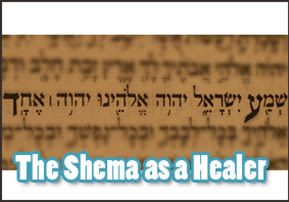
The Shema as a Healer
We must stay connected to Hashem in order to avoid suffering, because not being connected to the true purpose of life is the greatest suffering of the Jewish soul.

Secrets of the Shema, Part 2
The Shema is structured into three paragraphs. The first line (Shema Yisrael) is part of the first paragraph. There are also special brachot that are said before saying the Shema, both in the morning and in the evening. The source of the two paragraphs is Deuteronomy (6:4-9, and11:13-21), channeled through Moshe from Hashem just after the giving of the 10 commandments. The third paragraph is from Numbers (15:37-41). All of these paragraphs, plus the first three words of the next prayer “Hashem Elokaykhem Emet”, add up to 248 words, which is equal to both the number of positive mitzvot, and the number of limbs (or major organs) in the human body.
From this we can see that there is a connection between the physical body and the recitation of the Shema, and that it contains infinite potential for the healing and rectification of both the physical and spiritual bodies. Also we can see that the Shema contains within it the power of all 248 mitzvot, and can provide opportunities for the tikkun (healing) of mitzvot that are not even possible to fulfill today. There is an ancient tradition not to pause within the recitation of the Shema, in order to be able to declare as Jeremiah did (10:10), “G-d, your G-d, is true.” When not praying with a minyan, we recite the three word formula, “KEl Melech Ne’eman” in order to bring the total words to 248.
The first paragraph of the Shema is known as the “V’ahavta”, and its basic theme is the integration of our ability to love G-d completely, and to bring this awareness into every aspect of our lives. This includes “all your hearts” meaning the yetzer tov and yetzer hara, and “all your souls”, meaning all five levels of the soul. We have to make the love of G-d our primary purpose of existence, which means that we must be willing to sacrifice our lives for the sanctification of Hashem’s Oneness, if necessary. The Ramchal teaches that the meditation on being prepared to die for Kiddush Hashem (sanctification of The Name), if done with proper kavanah (intention), is of the same merit as actually doing it. This introduces the idea of the Shema as a death preparation meditation, which will be discussed further below.
Judaism recognizes that feeling distant from Hashem is a very common and normal occurrence, thus the commandment to put the words of Torah “upon your hearts” so that they will be there and ready to “fall in” when the moment of spiritual receptivity comes to us. (Lisa Aiken) The commandments of tefillin and mezuzot extend the process of binding ourselves to Hashem and provide us with the tools to channel a constant awareness of our true purpose of existence.
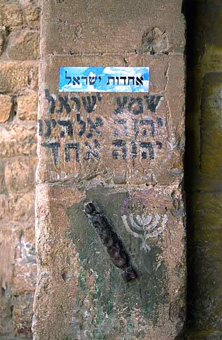 Image left – Mezuzah at the Jaffa Gate to the Old City of Jerusalem
Image left – Mezuzah at the Jaffa Gate to the Old City of JerusalemThe second paragraph is about accepting the path of mitzvot, the root of which is “tzav”, (attachment) showings that mitzvot are a path to attaching ourselves to Hashem’s will. We are never alone when we connect with the infinite and beautiful song that Hashem is singing through us. The first paragraph contains language and instruction in the singular, the second moves into the plural, and stresses the need to teach these principles to our children. There is a reciprocal relationship described in this paragraph, in that cleaving to mitzvot and loving G-d will produce beneficial results, both in this world, and the next. The Land of Israel is a model of the special relationship between Hashem and the Jewish people. We have to pray for rain for it to come, and if we don’t stay connected, we will suffer. As Jews, we feel the relationship all the time, which explains how so many of us are able to do Teshuvah (to return to an understanding of our souls) against all odds. The fact is that Jews must stay connected to G-d in order to avoid suffering, because not being connected to the true purpose of life is the greatest suffering of the Jewish soul. Why do the righteous suffer? Every Jew is part of the organism of the whole of the Jewish people: to be a Jew means accepting the Karma of all Jews, and even of the entire world. This means that sometimes the righteous suffer for weaknesses in the whole, like a chain. To be Jewish is to benefit from an infinite collective potential, but also to be vulnerable in the physical world if Jews as a whole aren’t doing their spiritual work. The results of staying connected are perceivable on every level; physical, emotional and spiritual. The descriptions of the rewards of this connection are based in the physical, but on the highest level are metaphorical and apply to our spiritual growth and experiences in Olam Haba (the World to Come). This is the deep message of this passage: see this world as a path to a higher place, and stay connected to that hidden reality. (Ramchal)
The third paragraph contains the commandment to wear Tzitzit, and to remember the Exodus from Egypt. This shows the power of the shema to awaken the deepest level of memory; memory of the depth of pain that can come from disconnection to Hashem, and of the heights of enlightenment that come from being totally connected with Hashem’s will. The effect of slavery in Egypt was a total brokenness of the Jewish people, and an entrance into one of the deepest levels of negativity, the 49th level of spiritual descent. By taking us so fully into darkness, Hashem created within us the potential for a level of light that was equal, and even higher: Revelation at Sinai, the 50th and highest spiritual attainment, Shavuot, the 50th day from Pesach, from physical liberation to the revelation of the Shechinah. That is why the gematria of the letter Nun (? ) is 50, to symbolize this connection between falling (it’s the lowest letter) and rising (50 is the number of total spiritual completeness and connection).
The main function of the Shema, according to the Ramchal, is the annihilation evil and negativity. Egypt was a teaching for us, that we had to embody that negativity in order to do the work of fighting it, but that Hashem would never let us fall to the lowest level before raising us up again. A match lit in the sun will be almost unnoticed, a match lit in a dark room “pushes away so much darkness” (Rav Shlomo Carlebach). Hashem prepared us for the revelation by shattering us to make room for His Presence, by bringing us into such darkness that we could fully perceive the glory and give thanks for the light.
He chose us, not because we were great or spiritually high, but because we were the smallest, the most broken, the lowest, the most desperate to receive. This is the lesson of the Shema; to see everything in this world as part of G-d’s plan for us, to integrate suffering and tragedy and joy and love as part of an intricate plan to elevate all souls to a level of G-d consciousness and unity, so high and fulfilled that Hashem, in love, will do anything to draw us out of darkness into that light. Therefore the paradox the Shema contains is that in order to end suffering, we must accept it with emuna (faith). Ultimately, this is the tikkun (fixing) for the Tree of Knowledge: the end of the separation of Good and Bad, the challenge of the path of Oneness. Today, so many Jews are so wounded by the suffering of our past, we think that by ignoring our Jewishness we can avoid suffering. Unfortunately, that is not the case. Only by connecting with the blessings of the truth of the Shema can we hope to find true safety and an end to suffering.
The tzitzit are tools for keeping this wider perspective on the events of our lives. They remind us to do mitzvot, symbolize the transcendence of the soul over the body, and help us to see the body as the merkavah (chariot) for the Neshama, and strengthen our resolve to treat it as respectfully as we would treat Her, knowing that She is a direct part of G-d. The message is not to focus on the body and its needs as ends in themselves, but steps to the perfection of all levels of the soul, and that our actions in this world prepare our spiritual garments in the next. Thus, we are less attached to our bodies and more attached to Hashem, another way of thinking about preparing for death and the journey into the next world. Tzitzit, then, carry the power of purifying and sanctifying the body’s needs, and Chassidic belief specifically connects them to sexual purity.
Women are not obligated to do mitzvot that are bound by time, so traditionally women do not wear Tzitzit or put on Tefillin. A deeper reason, however, is that the functions of both of these mitzvot are carried out naturally in women’s bodies. The mitzvah of niddah (family purity, menstruation, and monthly immersion in the mikva (ritual bath), provide infinite opportunities for purifying and transcending the physical, and especially for the sanctification of sexuality. The mitzvah of tefillin, in which we bind our mind and heart in the service of loving Hashem, is for women like nursing our children: binding our bodies in service of loving Hashem, by nurturing and raising children that will love and sanctify His name, the greatest affirmation of faith in the hope for the healing of the world.
To be continued
* * *
Tziona Achishena is a singer and cellist, blending improvisation and composition. She has played with Charles Gayle, Gino Robair and LaDonna Smith. Her last CD “The Future” was favorably reviewed in Option magazine last year. She has studied dance and music in Indonesia, and Persian classical music as well as having worked as a chaplain in a San Francisco hospital.
You can contact her at zenahava@hotmail.com or 04-698 0871or visit her website: www.koltziona.com, Reprinted courtesy of Midreshet Be’erot Bat Ayin.



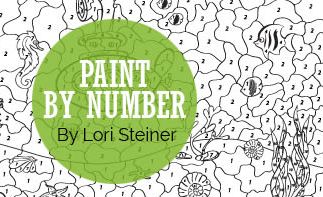


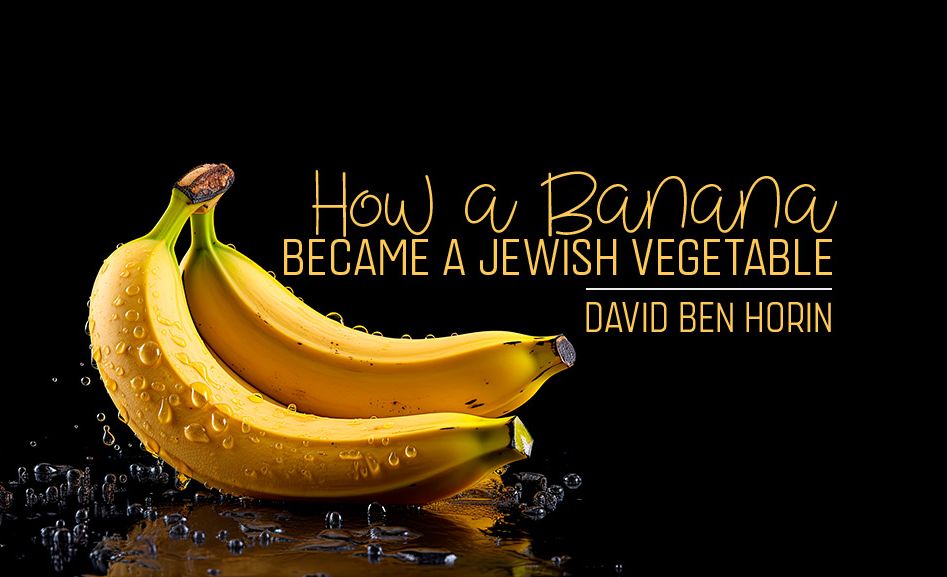
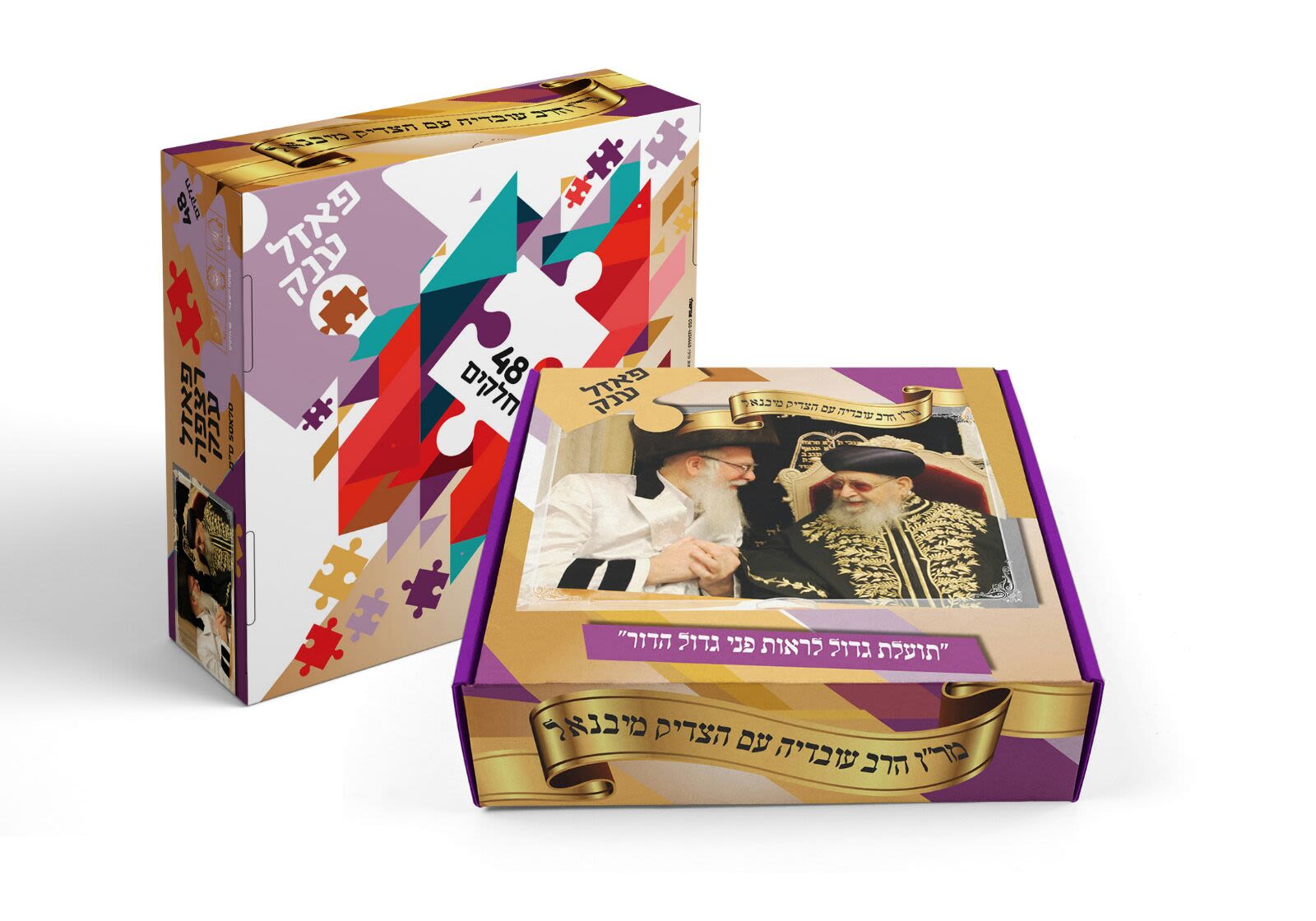


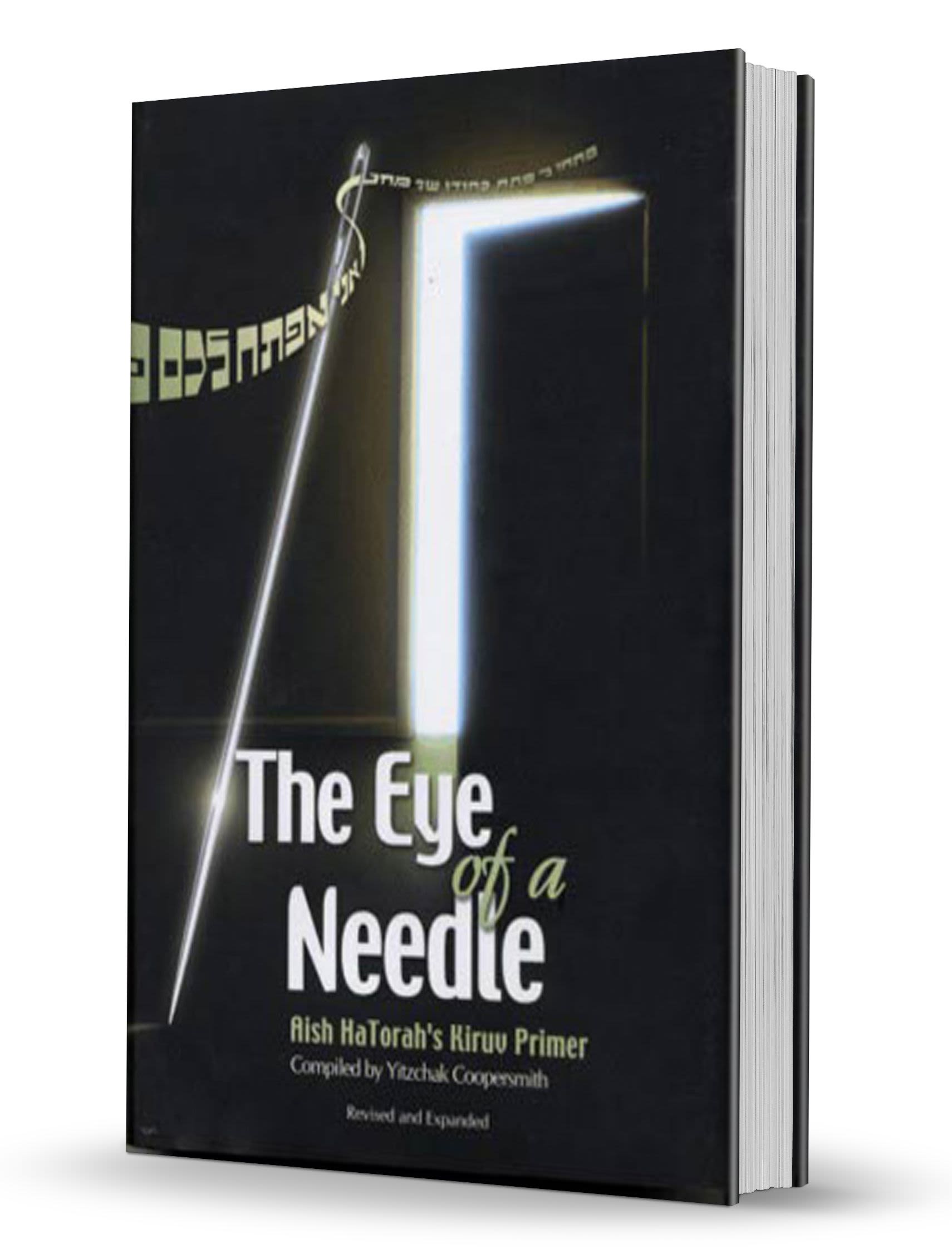
Tell us what you think!
Thank you for your comment!
It will be published after approval by the Editor.